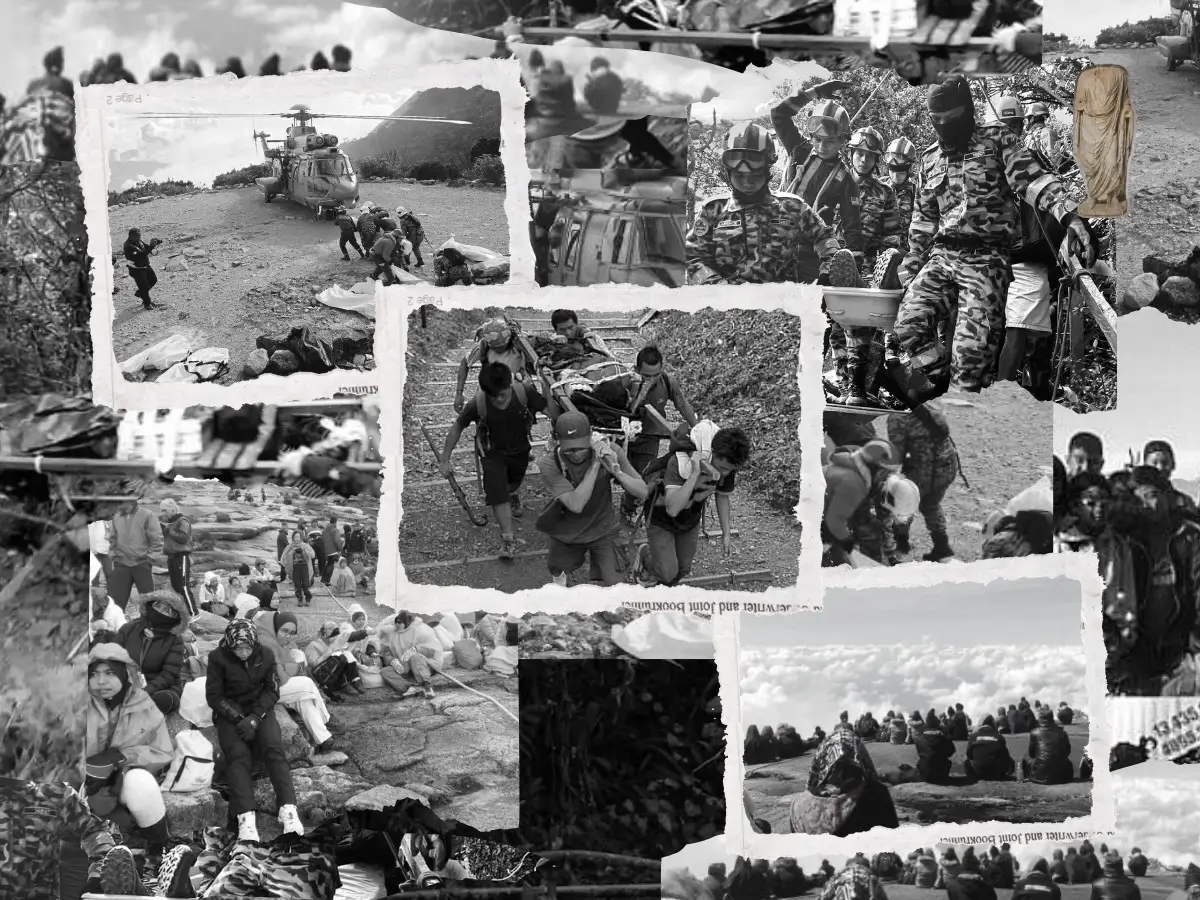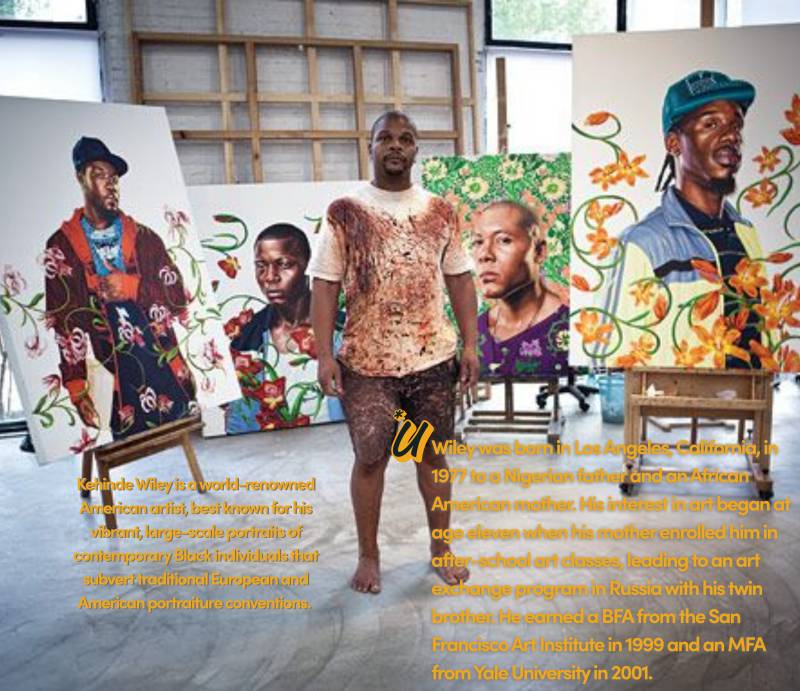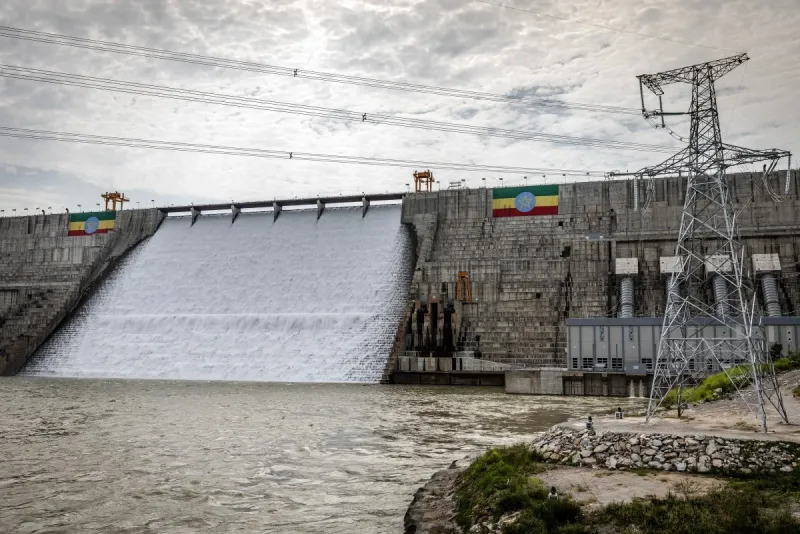Ten years ago, on June 5, 2015, Mount Kinabalu was rocked by a devastating 6.0-magnitude earthquake that struck a group of 29 students and eight teachers from Singapore’s Tanjong Katong Primary School, claiming 18 lives and forever altering the survivors’ trajectories. This June, two of those survivors, Prajesh Dhimant Patel and Emyr Uzayr Mohamed Sadri, returned to complete the climb they were forced to abandon a decade ago—a journey fraught with trauma, healing, and reverence. During the quake, 11-year-old Patel was swept up in falling boulders, left unconscious and dangling in a tree, his bright orange shoes the lifeline that helped a mountain guide spot and rescue him after seven tense hours. Now 21, much of that memory eludes him—but none of the emotional scars. He and Uzayr, now a 22-year-old finance undergrad, set out on May 20 to reclaim those trails of fear and loss.

Read Also: Durbar Festival

Guided by Cornelius Sanan and Billy Sapinggi—mountain guides who risked their lives in 2015—the duo began their climb. Rain delayed their summit bid by a day, but that pause in time became a tribute: local stories of remembrance, shared grief, and collective remembrance echoed across the slope. When sunlight broke through the peak at 3:30 a.m. on May 22, it marked more than the top of Malaysia’s highest mountain; it symbolized emotional release. Uzayr described the moment at Low’s Peak as “overwhelmingly quiet—holding the memory of friends with each step,” while Patel found profound closure in retracing his fragile last steps. For Uzayr, scaling the mountain was never clever defiance—it was necessity. He recalled,
“It wasn’t just about getting to the top… It was about carrying the memory of my friends with me, step by step”.
The climb also offered a new perspective to Patel. Learning details of his rescue from Sanan—the same man who cut the rope around his foot and carried him down—filled the gaps left by trauma.
Added significance came from meeting family members of Robbi Sapinggi and Valerian Joannes, the mountain guides who died in 2015. Tears and embraces on the trail revealed how deeply the loss was shared across borders.
Their descent completed, Patel and Uzayr returned to Singapore the following day, bringing with them messages and memories from classmates—and a promise never to forget. Uzayr reflects on the climb as a transformation:
“I could let go of all the suppressed emotions… There was a renewed sense of purpose”.
Today, Mount Kinabalu welcomes climbers with rebuilt trails, reinforced railings, and dedicated rescue teams—an ongoing embodiment of lessons learned from tragedy. Safety protocols have evolved, but for Patel and Uzayr, this climb was more than survival—it was a reclamation of their story and their future. In overcoming survivor's guilt, honoring lost classmates, and offering closure to themselves and affected families, this journey across Kinabalu’s heights fulfilled a promise started so long ago. And in shared silence at the summit, they carried forward a legacy not just of survival, but of remembrance, resilience, and reconciliation.



